A commentary over at Gizmodo argues that ideas about molecular manufacturing that sounded like science fiction in 1986 now sound more like science fact.
Atomically precise manufacturing as the future of nanotechnology
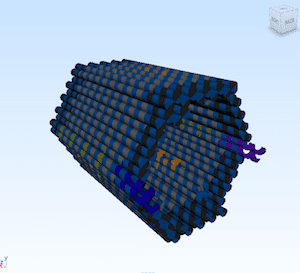

A commentary over at Gizmodo argues that ideas about molecular manufacturing that sounded like science fiction in 1986 now sound more like science fact.
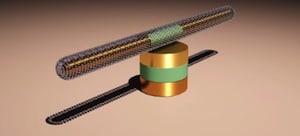
Bulk nanoscale technologies were used to create three-segment nanowires of gold and nickel, and magnetic bearings of gold, nickel, and chromium. Combinations of DC and AC electric fields were used to assemble nanomotors that can spin at speeds up to 18,000r.p.m., and for up to 15 hours.
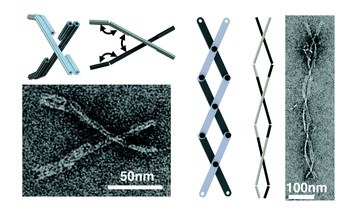
An overview of three decades of progress in DNA nanotechnology emphasizes bringing programmed motion to DNA nanostructures, including efforts to incorporate design principles from macroscopic mechanical engineering.
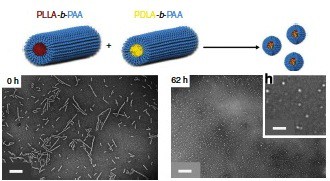
Mixing two different types of cylindrical nanoparticles causes them to reorganize into smaller spherical nanoparticles. A mechanism to release drugs only inside cells that internalize both types?
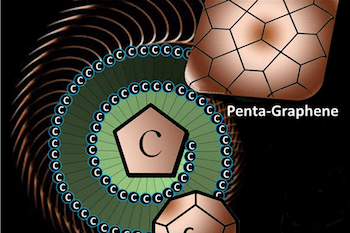
Computational simulations demonstrate that pentagonal tiling to give a variant of graphene based on pentagons rather than on hexagons is dynamically, thermally, and mechanically stable.

Applications of nanotechnology to wearable electronics and other portable devices will benefit from the discovery that adding an insulating layer to a piezoelectric nanostructure increases the output voltage by up to 200 times.
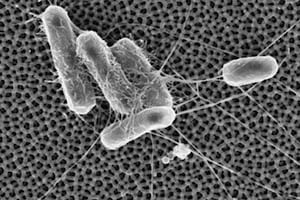
A simple method of producing nanoporous alumina surface discourages bacteria from attaching and forming biofilms, with potential applications in medicine, dentistry, and food processing.

Variable length single-stranded DNA springs determine how far a hinge of double-stranded DNA joining two stiff sections of DNA origami can bend.
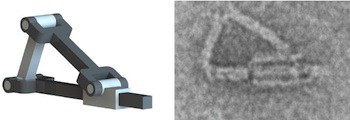
Scaffolded DNA origami is combined with hinges of single- or double-stranded DNA to built simple machines parts that have been combined to program simple to complex motions.
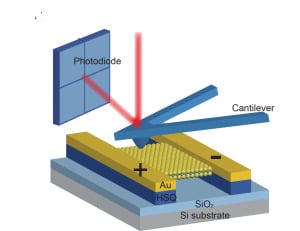
To measure in-plane piezoelectric stress, an MoS2 film was suspended on HSQ posts and clamped by two Au electrodes. When the film was indented with a scanning AFM probe, the induced stress changed the load on the cantilever, which was observed by the deflection of a laser beam. Credit: Berkeley Lab